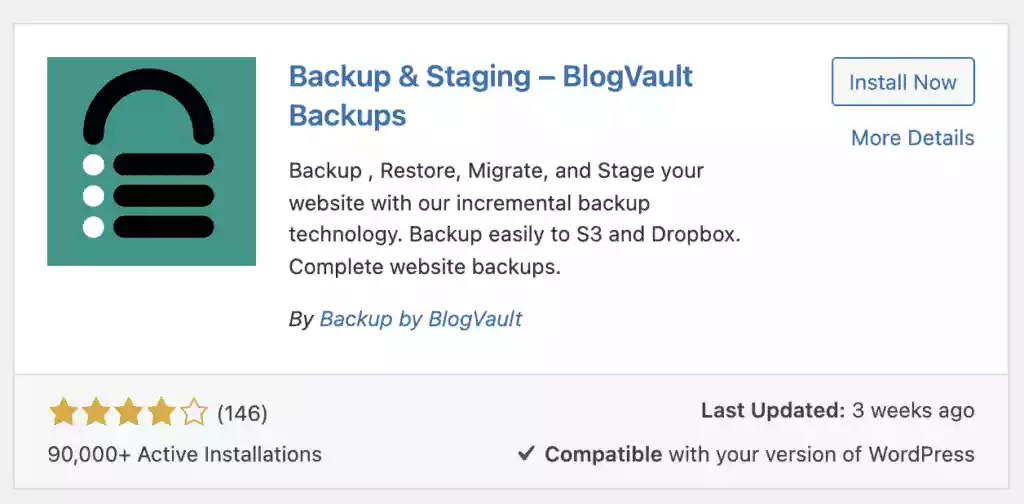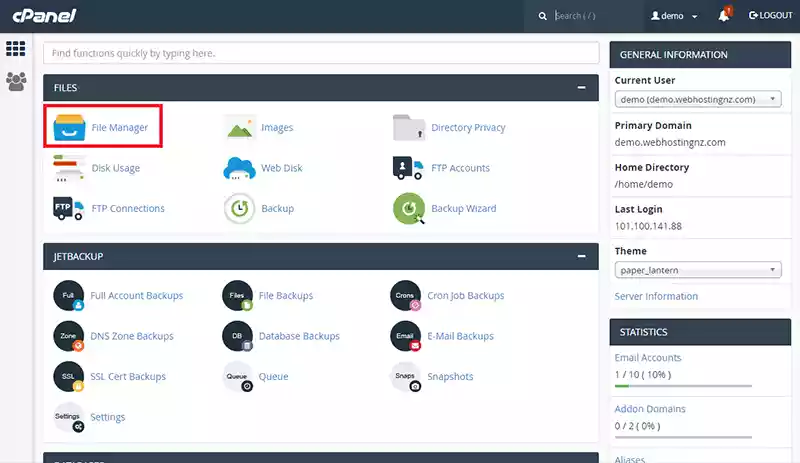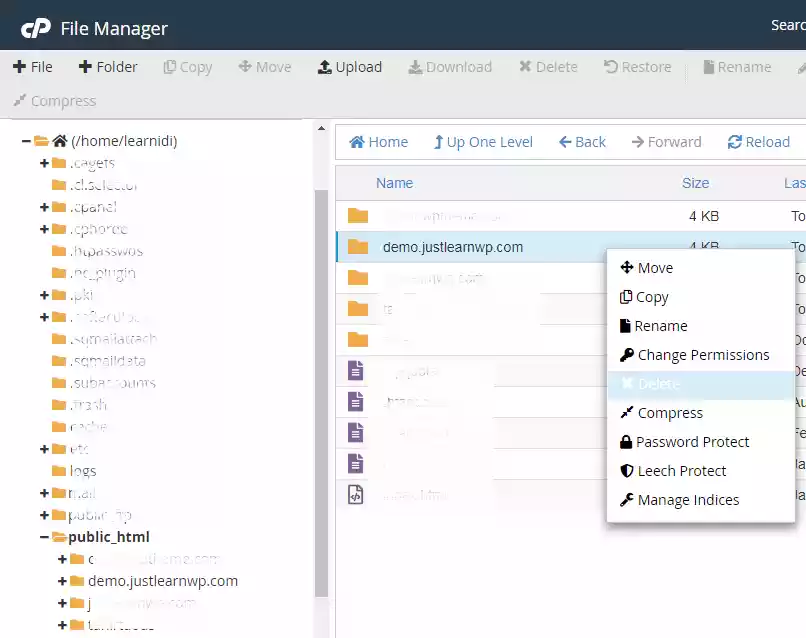How to Uninstall WordPress from cPanel: A Step-by-Step Guide
Are you looking to remove WordPress from your cPanel but unsure where to start? Whether you’re planning to reinstall it for troubleshooting purposes or simply want to declutter your hosting environment, uninstalling WordPress is a straightforward process. In this blog post, we’ll guide you through each step of how to uninstall WordPress from cPanel, ensuring a smooth and hassle-free experience.
Understanding the Basics
Before diving into the process, it’s crucial to understand what WordPress and cPanel are. WordPress is a popular content management system (CMS) used for creating and managing websites, while cPanel is a web hosting control panel that allows you to manage all aspects of your hosting account, including files, databases, and email accounts.
Why Uninstall WordPress?
There are several reasons why you might want to uninstall WordPress from your cPanel:
- Starting Fresh: You might want to reinstall WordPress to troubleshoot issues.
- Switching Platforms: Perhaps you’re moving to a different CMS or website platform.
- Cleaning Up: If you’re no longer using a WordPress site, it’s good practice to remove it to enhance security and organization.\
- WordPress Dashicons How to Use
- WordPress Timeout Errors Step-by-Step Guideline
- Link Whisper WordPress Plugin Boost Internal Linking
- WordPress 6.1.1: Exploring
Step-by-Step Guide to Uninstall WordPress from cPanel
Step 1: Backup Your Website
Before making any changes, it’s crucial to back up your website. This includes your website files and database. You can use a WordPress plugin or cPanel’s backup feature to do this.

above above-mentioned Plugin is used for backup Its new backup technologies easy to restore
Step 2: Log in to Your cPanel Account
Access your web hosting account and log in to your cPanel dashboard. This is typically done by adding “/cpanel” to your website’s URL (e.g., http://yourwebsite.com/cpanel).

Step 3: Open the File Manager
In the cPanel dashboard, find and open the “File Manager.” This tool allows you to manage all the files on your hosting account.

Step 4: Locate Your WordPress Files
Navigate to the directory where WordPress is installed. This is usually in the “public_html” folder if WordPress is your main site. If it’s installed in a subfolder, open that folder.

Step 5: Delete WordPress Files
Select all WordPress files and folders in the directory and delete them. This can typically be done by right-clicking and selecting ‘Delete’ or using the delete option in the menu.

Step 6: Remove the Database
Go back to the main cPanel dashboard and open the “MySQL Databases” section. Find the database used by your WordPress site (you can check the ‘wp-config.php’ file for the database name) and delete it.

Step 7: Remove the User
Still in the “MySQL Databases” section, remove the user associated with the WordPress database. This step is crucial for security reasons.

Step 8: Check for Leftover Files
After deleting the files and database, double-check for any leftover files or folders in the File Manager and remove them if found.
Conclusion
How to Uninstall WordPress From Cpanel is a simple process, but it’s important to proceed with caution. Always ensure you have a complete backup before starting, and follow each step carefully. If you encounter any issues or feel unsure, it’s wise to consult with your web hosting provider or a professional.
Remember, How to Uninstall WordPress From Cpanel doesn’t mean you can’t reinstall it later. Whether you’re troubleshooting, decluttering, or moving to a new platform, you can always come back to WordPress whenever you’re ready.